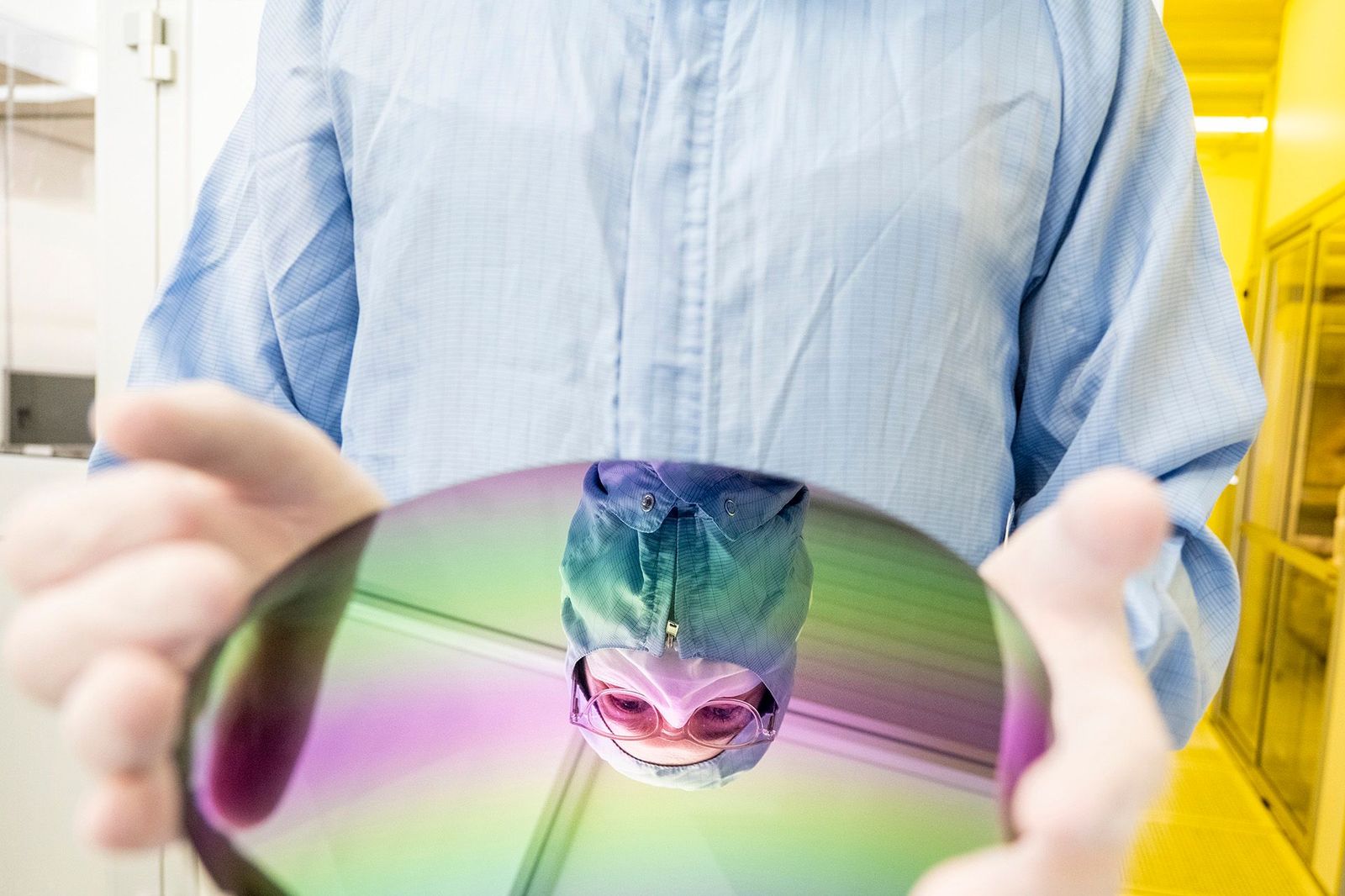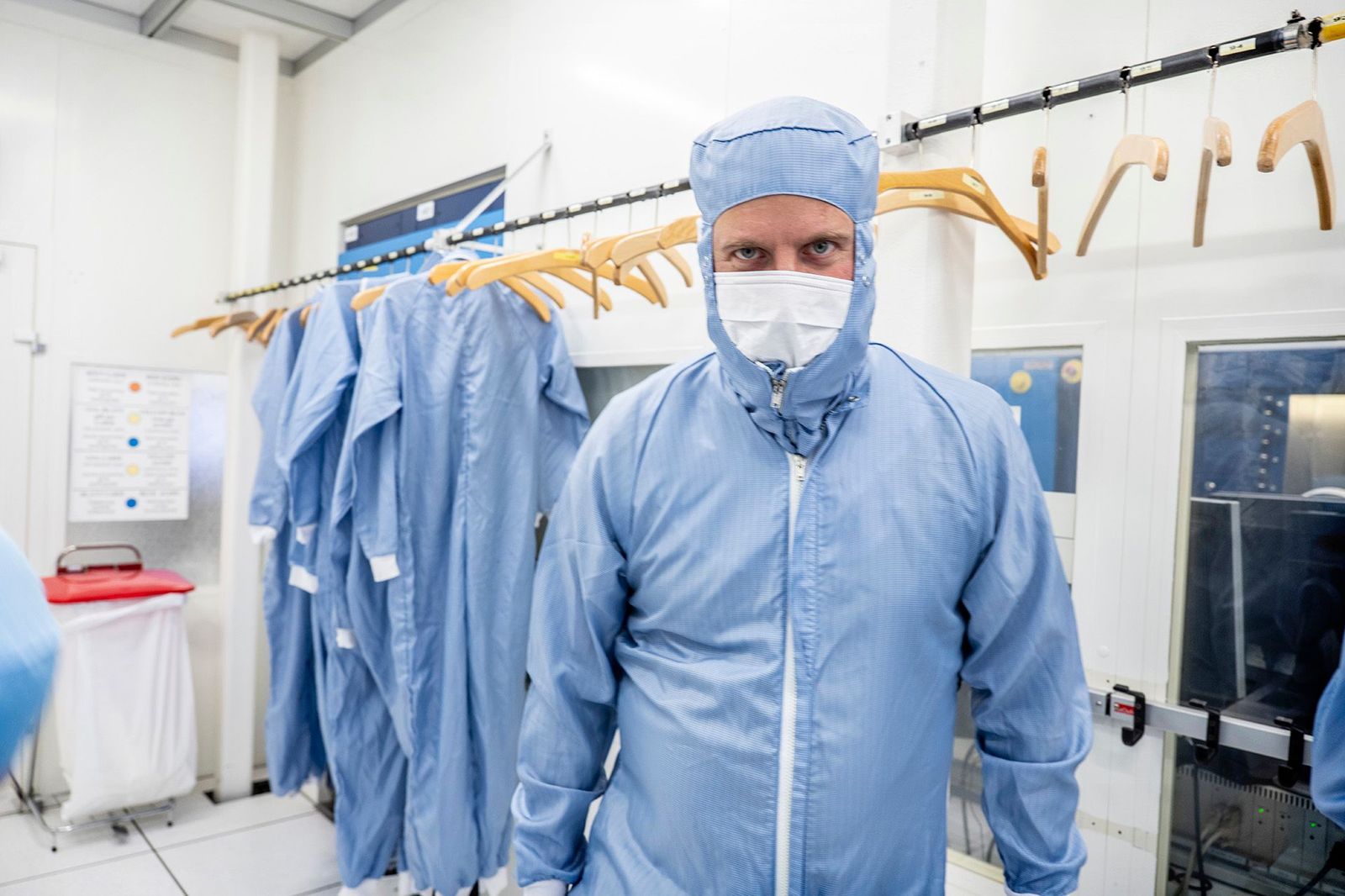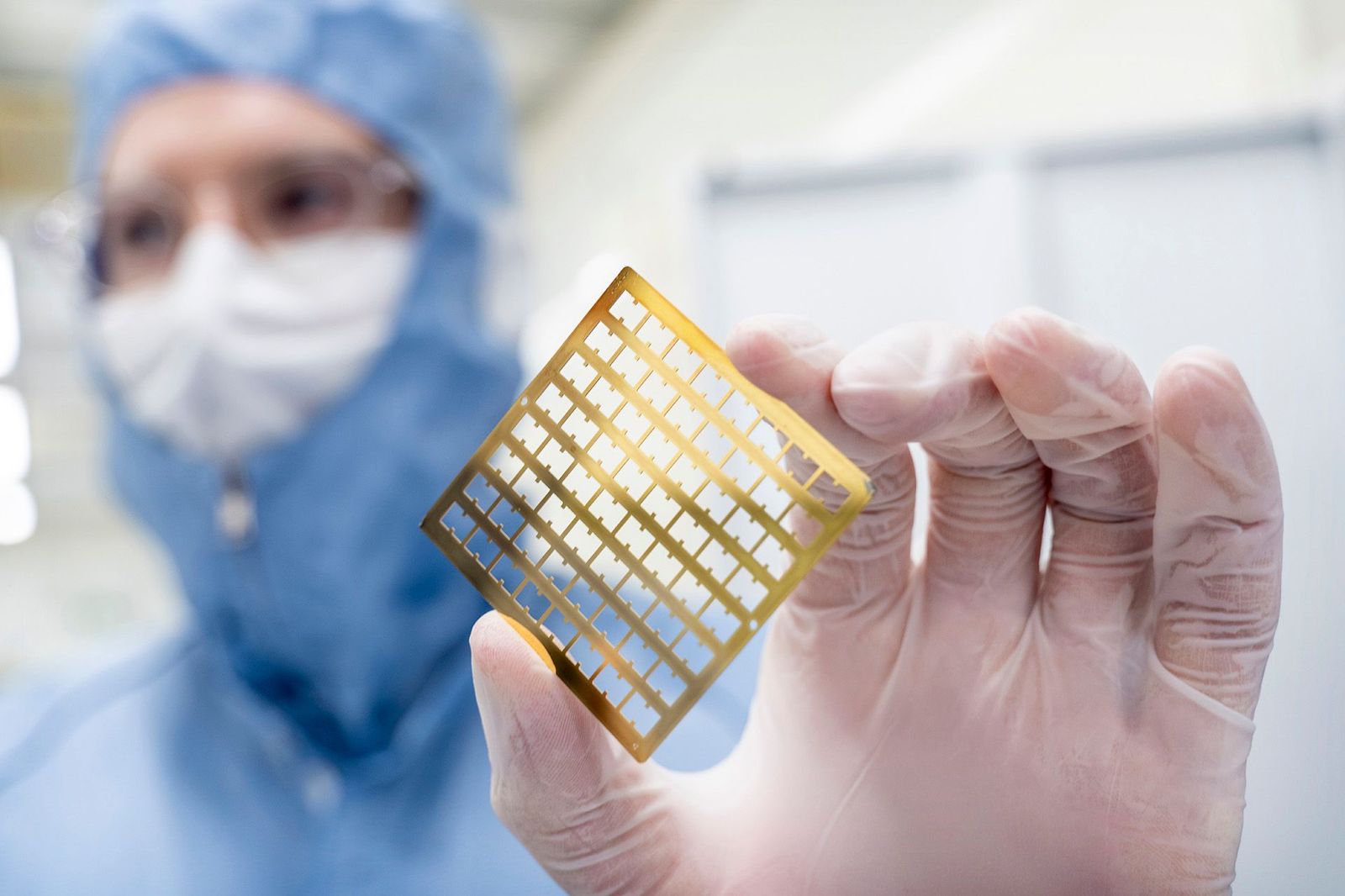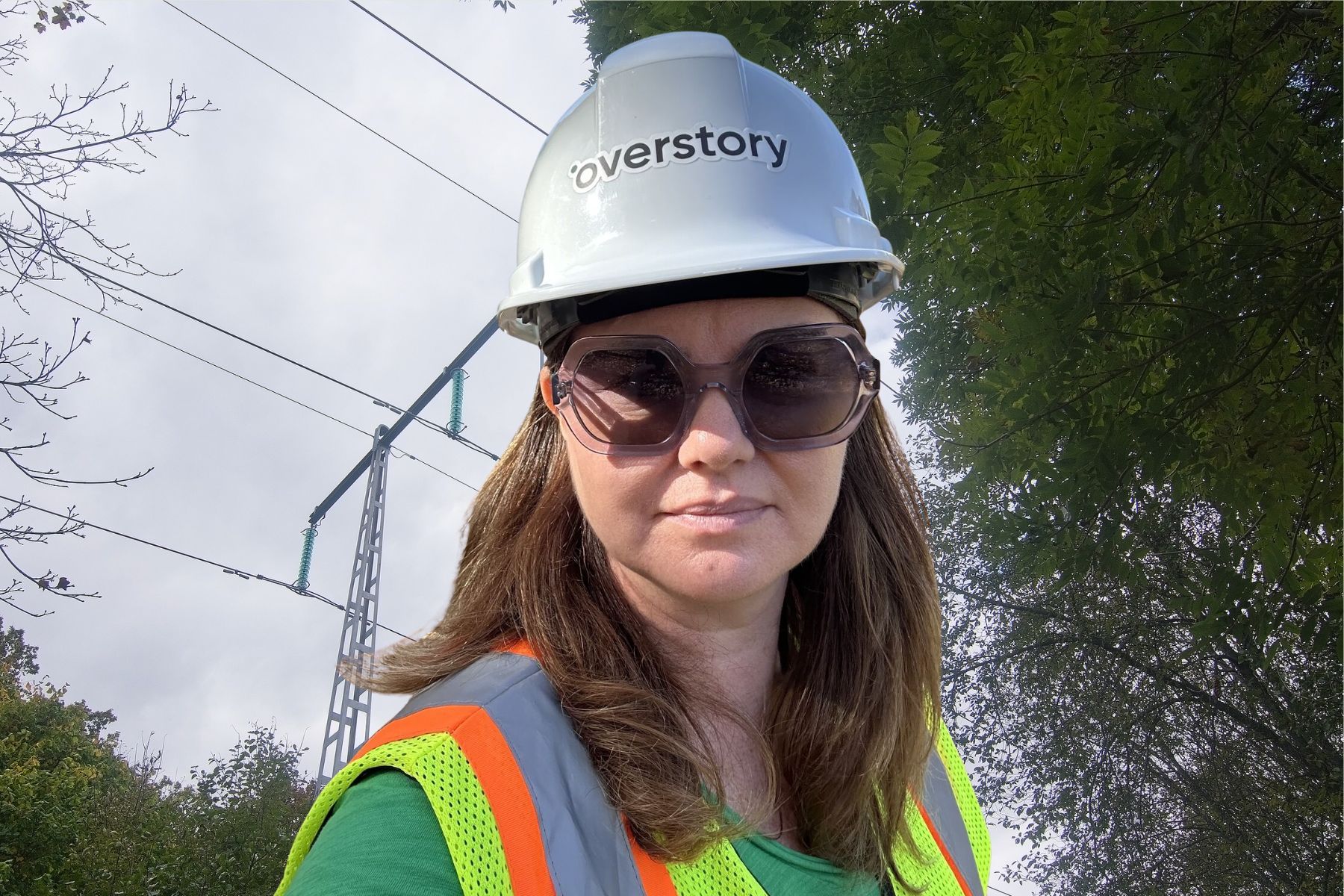Swedish deeptech startup bets on palm-sized nodes to connect the unconnectable – luring space and defence firms
In Kista, a northern district of Stockholm, a new generation of deeptech startups is pushing at the boundaries of physics and industrial possibility. In this new Impact Loop series, we meet the innovators defining and building that future. <br><br>One of them is Terasi – a university spinout that has developed a technology that delivers lightning-fast connectivity in harsh environments.<br><br>But the journey begins in the cleanroom lab in Kista – the flagship facility at the centre of the district’s tech ecosystem.


This is a paid collaboration with Kista Limitless. Want to get to know Kista as an innovation hub? Check out the new kista.io!
James Campion reaches into his pocket and pulls out a small device. It looks a little like a pocket-sized Bluetooth speaker and fits easily in the palm of his hand. What Impact Loop is looking at in the courtyard in Kista — just outside the deeptech startup Terasi’s office — is the RU1. It’s the first-generation unit developed by the university spinnout, where Campion is CEO and cofounder.
The square-shaped nodes are small, powerful, and simple to deploy, enabling devices to communicate with virtually zero delay.
“Our systems are built to extend networks in rural areas — in the air and on the ground — even in moving vehicles,” Campion explains.
“For instance, we can mount the units on drones housed in ground-based stations. In normal conditions they act like radio towers. But if there’s a fire or similar emergency, they can launch within seconds and turn into small mobile routers.”

The technology — bringing connectivity to places previously considered unreachable — has a wide range of applications, and Terasi already counts several paying customers.
They fall into three broad categories: industry, emergency preparedness and the space sector.
Industrial clients use RU1 in mobile monitoring units and production environments where fibre connections simply aren’t possible.
In emergency-response settings, the technology can strengthen resilience in the face of attacks or crises.
But perhaps the most intriguing field is space.
“We’re currently working on an exciting project with the European Space Agency,” Campion says. “It’s pretty remarkable that a tiny product we build here in the lab can be used to support connectivity between satellites in orbit.”
One speck of dust in the wrong place can ruin the whole product
Inside the cleanroom
We’ve now stepped inside Electrum, the Kista landmark that anchors much of Stockholm’s deeptech activity. Down one of its corridors lies the immaculate cleanroom laboratory. Entering it requires a strict hygiene ritual: full-body suits, head coverings and those now-familiar face masks are handed out before you’re allowed through the door.
Even the white shoes are antistatic, and visitors have to walk across heavy-duty adhesive floor mats to lift away any last traces of dirt.

“You’re working with incredibly sensitive machinery. And many of the materials are so tiny that a single speck of dust in the wrong place can destroy an entire product,” Campion explains.
He walks us through RU1’s complex production process. Silicon wafers are oxidised, patterned, perforated, cut, coated in gold and pressed into a perfectly aligned structure. The whole system relies on the company’s patented Aircore technology. Put simply, radio waves travel through delicate and precisely engineered patterns inside the small module.

Deeptech without the deep pockets
The cleanroom feels like a parallel universe, far removed from the bright autumn sun outside. In Kista, dozens of deeptech companies share this kind of infrastructure, which is a crucial factor in accelerating the commercialisation of advanced research.
If this facility didn’t exist, our company wouldn’t exist.
“Here, startups can begin production and reach the market without having to invest around SEK 100 million in equipment,” says James Campion, who developed the invention together with cofounders Adrian Gomez-Torrent and Bernhard Beuerle, and has since raised capital from investors including Navigare Ventures, Almi Invest and KTH Ventures.
Kista’s location isn’t just strategically useful for recruitment – it’s essential from an infrastructure standpoint, he argues.
“If this facility didn’t exist, our company wouldn’t exist.”

Get full access to Europe's new platform for impact news
- Quality journalism, interviews, investor profiles and deep-dives
- Daily newsletter with top stories, latest funding rounds and roundup to keep you in the loop
From Kista to the edge of reality
Kista is Stockholm’s buzzing deeptech district – a place where research labs, startups and global tech giants collide just fifteen minutes from the city centre. Want to know more about Kista? Read more here.
Keep reading – get in the loop!
- Håll dig i loopen med vårt dagliga nyhetsbrev (gratis!)
- Full tillgång till daglig kvalitetsjournalistik med allt du behöver veta inom impact
- Affärsnätverk för entreprenörer och investerare med månatliga meetups
Fortsätt läsa – kom in i loopen!
- Håll dig i loopen med vårt dagliga nyhetsbrev (gratis)!
- Full tillgång till daglig kvalitetsjournalistik med allt du behöver veta inom impact
- Affärsnätverk för entreprenörer och investerare med månatliga meetups






